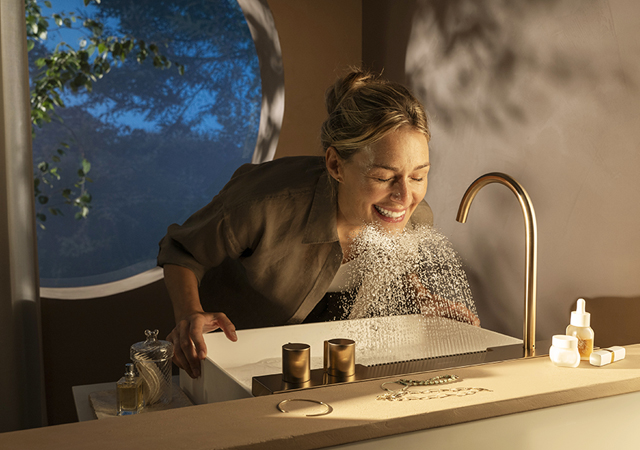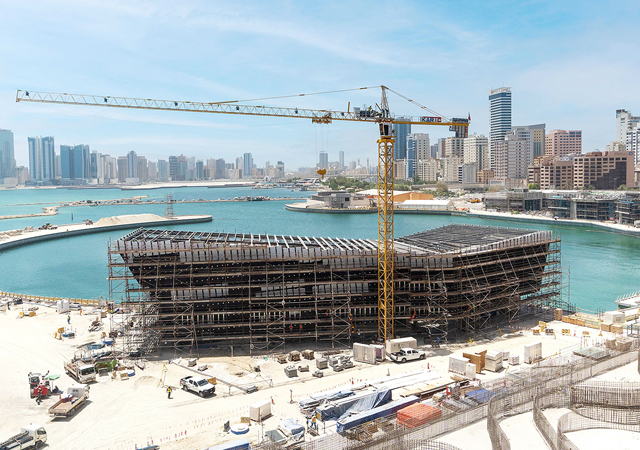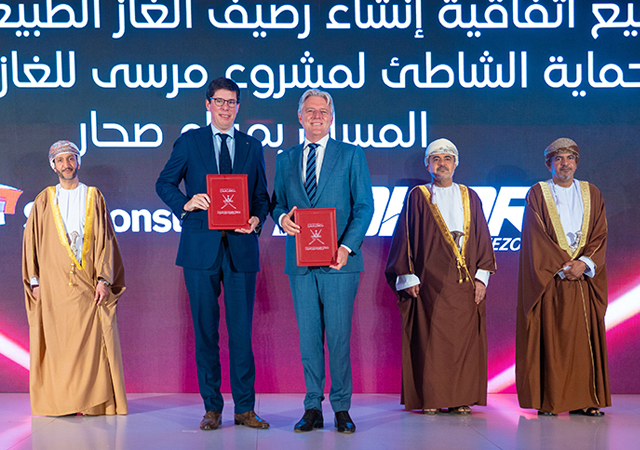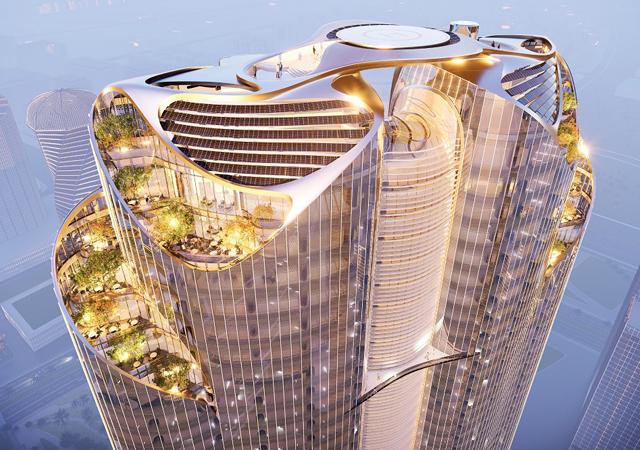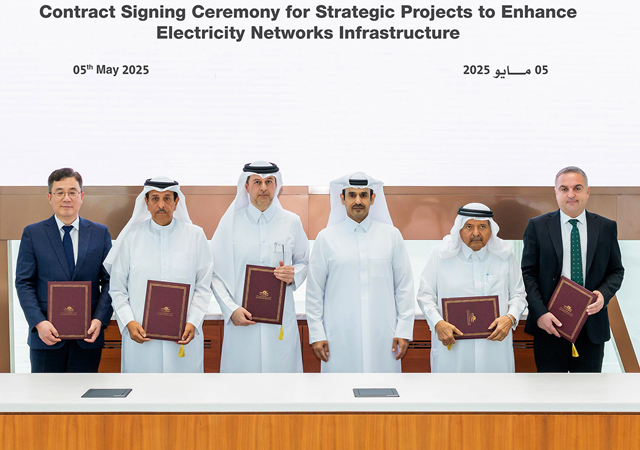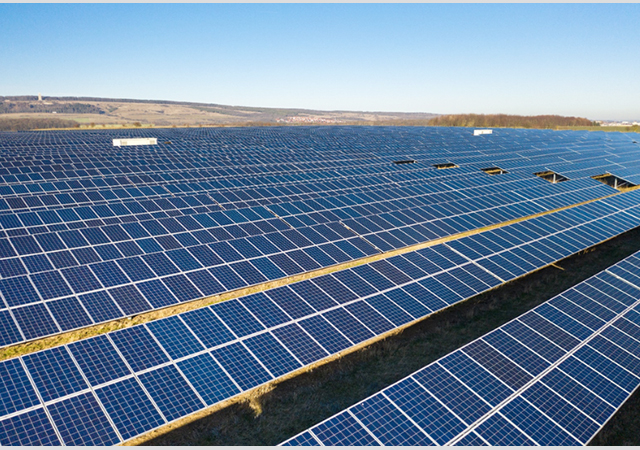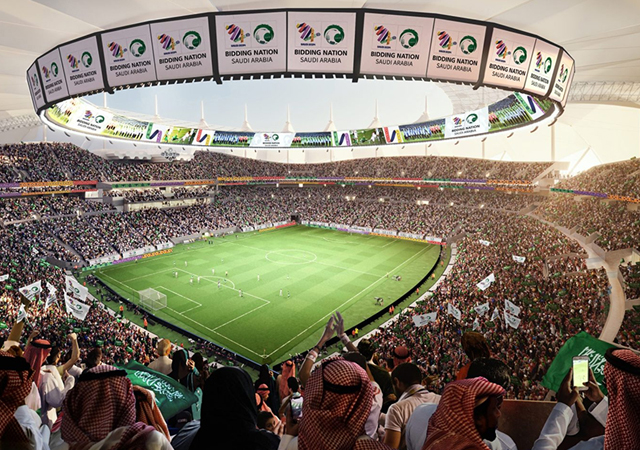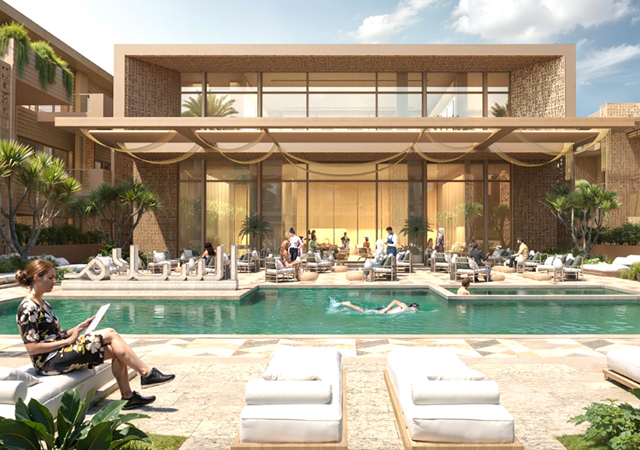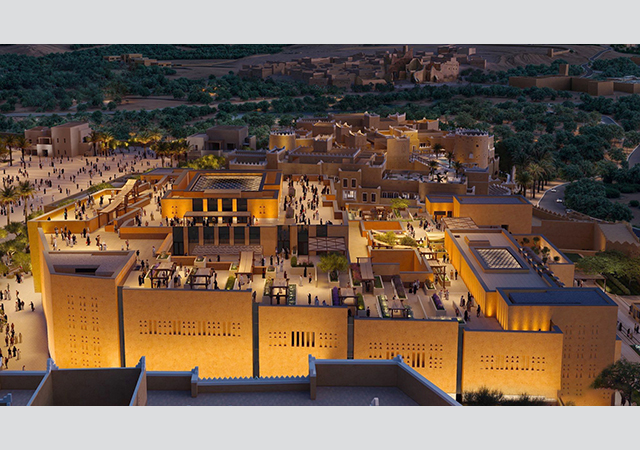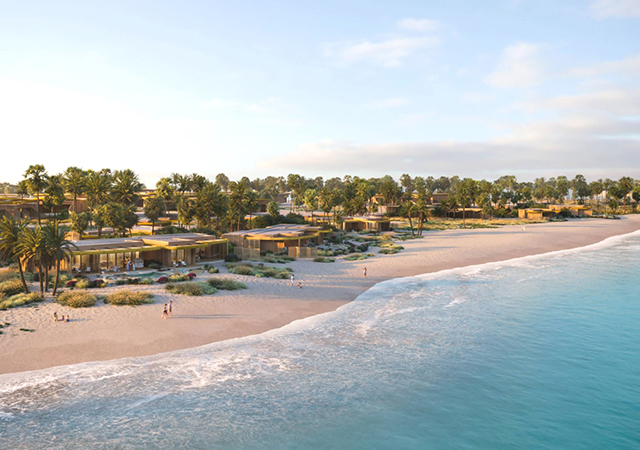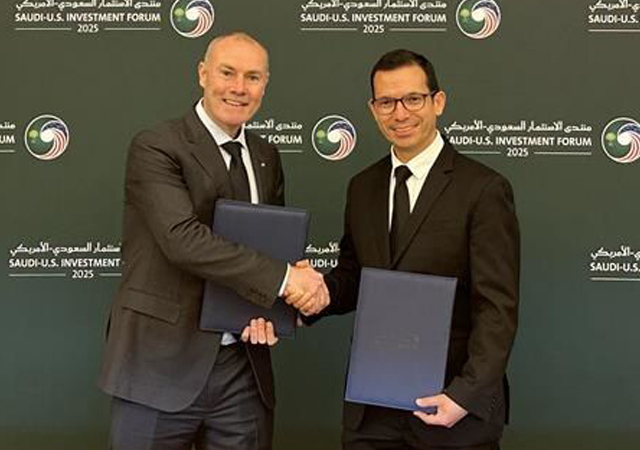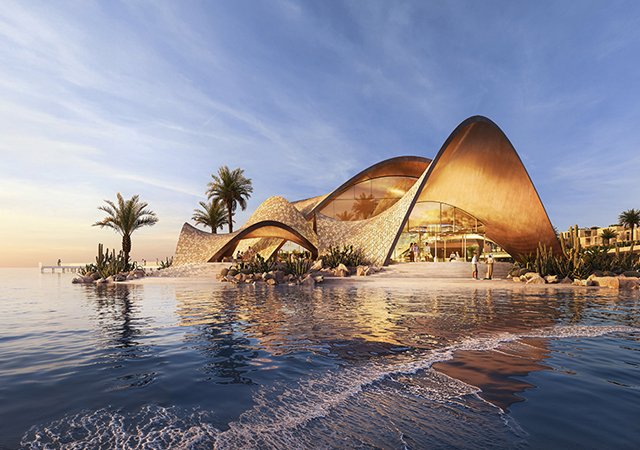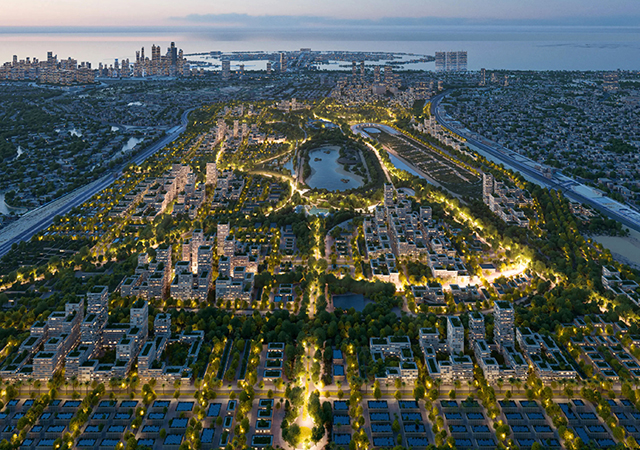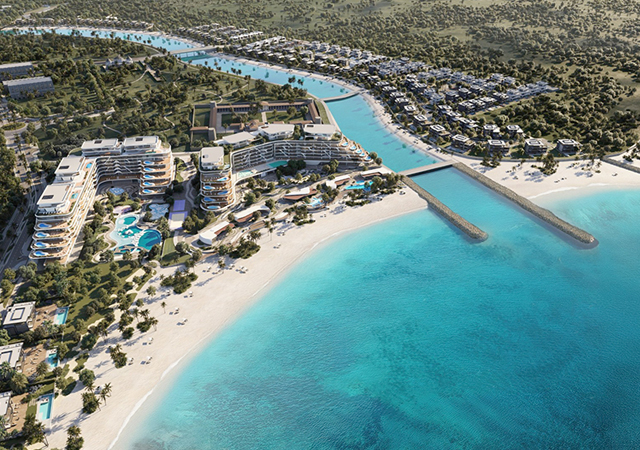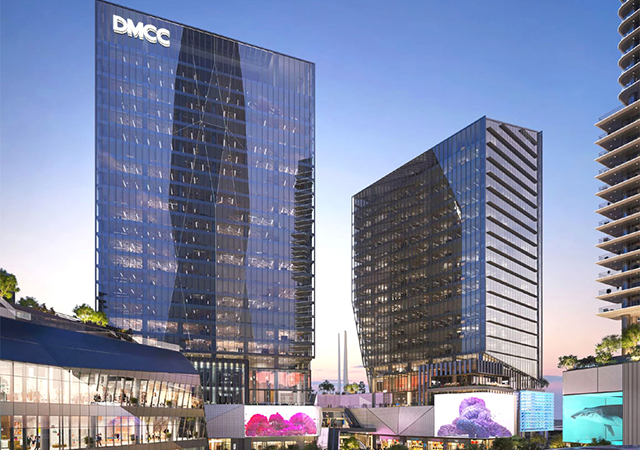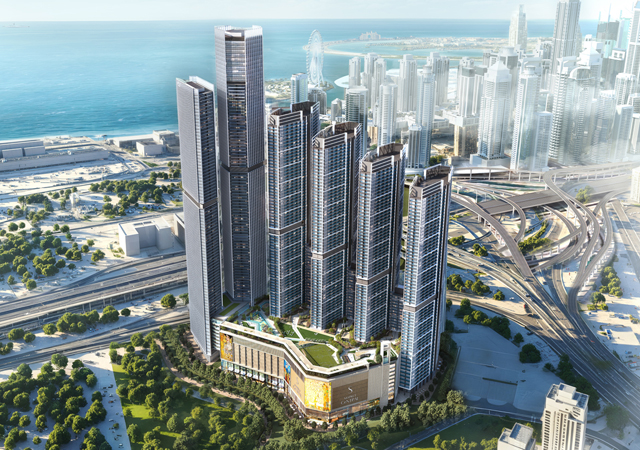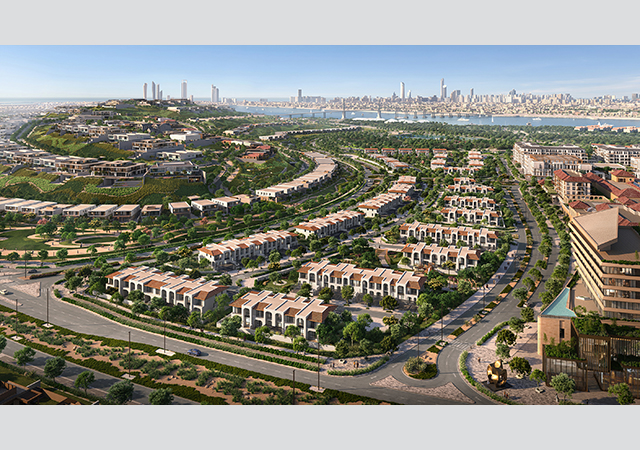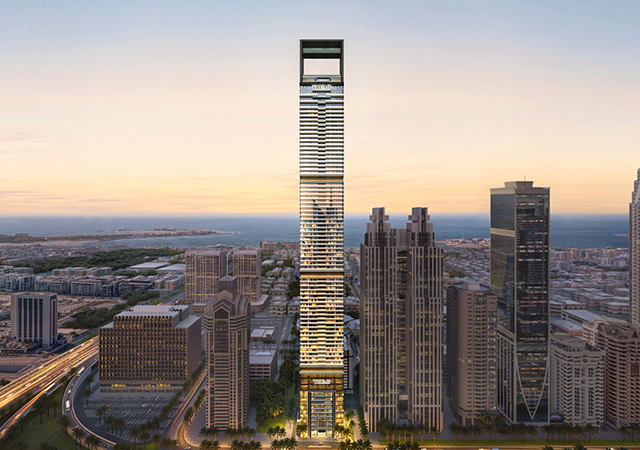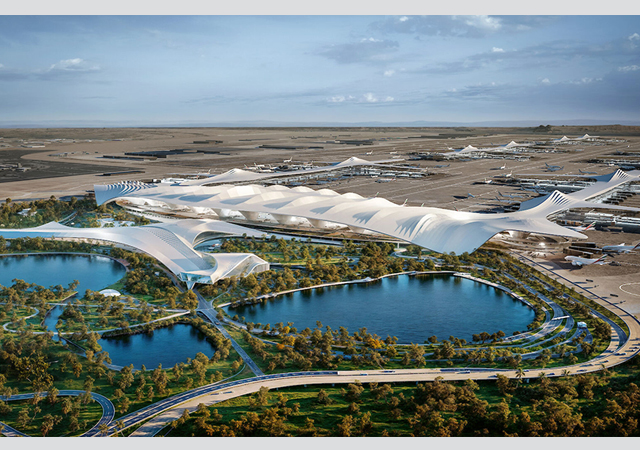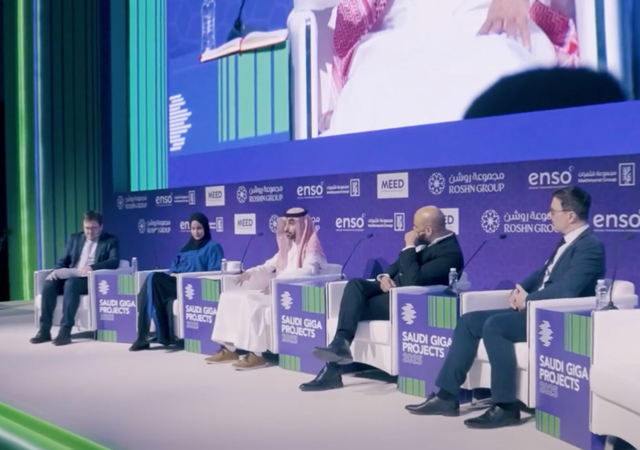
 RXYN-AY1 outdoor unit ... among a series of world firsts for Daikin.
RXYN-AY1 outdoor unit ... among a series of world firsts for Daikin.
DAIKIN, a global leader in air-conditioning, recently put on display the world’s first carbon dioxide (CO2)-based VRV (variable refrigerant volume) system, a solution that will limit the impact of air-conditioning on the environment. CO2 has one of the lowest global warming potential (GWP) of all existing refrigerants, the company points out.
Parallel to this development, Daikin is also continuing to pursue improvements in its current HFC (hydrofluorocarbon)-based VRV systems with respect to both energy-efficiency and environmental impact.
The launch of the CO2-based VRV system is one more in a series of world’s first for Daikin.
“As was the case with the launch of the first VRV generation in the early 1980s, the launch of a CO2-based VRV-system will mean new installation techniques and certifications,” says Ola Sadeq of Daikin McQuay Middle East.
“Here again, Daikin is fulfilling its pioneering role in this process, paving the way for new technologies and products.”
The new CO2 VRV is part of Daikin’s strategy to limit the impact of air-conditioning on the environment and to stay ahead of environmental legislation.
This ‘world-first’ was displayed at the Climatización trade fair in Madrid, Spain, last February, following its launch at the Chillventa trade fair at Nuremberg, Germany last October.
Commenting on the proactive approaches taken by Daikin in the environment field, Sadeq says: “Daikin has been researching possible alternatives to HFC-based refrigerants for decades. One of these alternative refrigerants is CO2, with a promising GWP value of 1 (see table). Daikin’s first product using CO2 was Eco Cute, a CO2-based domestic hot water system available in Japan.
Features
Since CO2 has a low critical point of 31 deg C, the CO2 VRV uses the CO2 in a transcritical refrigeration cycle.
To optimise performance, Daikin equipped its CO2 VRV with a range of new technologies, such as the Daikin dual compression swing compressor, which was developed to provide optimum performance at high discharge pressures and is able to handle high pressure differences.
“CO2 is indeed ideal for domestic hot water systems such as Eco Cute. For direct expansion comfort systems such as VRV, however, the use of CO2 as refrigerant is a less obvious choice since many new technologies had to be developed to make the system a viable and safe comfort solution,” explains Sadeq.
“Daikin applied its advanced engineering and succeeded in developing a VRF (variable refrigerant flow) system using CO2 as the refrigerant, thus becoming the first VRF manufacturer to bring a CO2-based VRF system to the market.”
“Daikin is a global leader in VRF systems, and intends to consolidate this leadership by launching and improving new VRV extensions – such as CO2 VRV – and by perfecting its existing HFC-based VRV systems, reducing further the TEWI (total equivalent warming impact) of both ranges,” says Sadeq.
The CO2 VRV also incorporates new optimised refrigerant circuit technology including the dual stage inter-cooler circuit, enabling optimum refrigerant control and efficiency and a gas cooler with three-row heat exchanger for maximum heat exchange between the CO2 gas and the ambient air. Moreover, piping size has been reduced compared to R-410A VRV systems. An automatic test run function, night quiet mode, and connectivity with all current VRV control and management systems complete the system’s main features.
At this stage, the new CO2 VRV system is intended to demonstrate and investigate the new environmental technology. Daikin expects that CO2 VRV will be welcomed by customers looking to install HFC-free systems.
However, Daikin’s current HFC-based VRV systems still yield better EER (energy efficiency ratio) and COP (coefficient of performance) values. In the future, Daikin will continue its efforts to enhance both systems’ efficiency ratios.
Link for DIRECT GLOBAL WARMING POTENTIA (GWP) OF VARIOUS COMPOUNDS


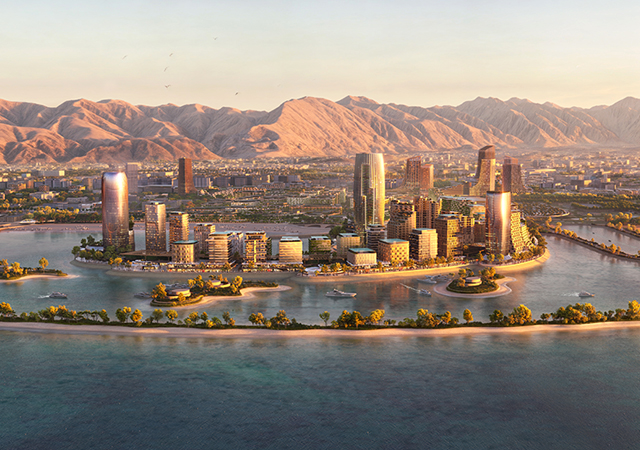
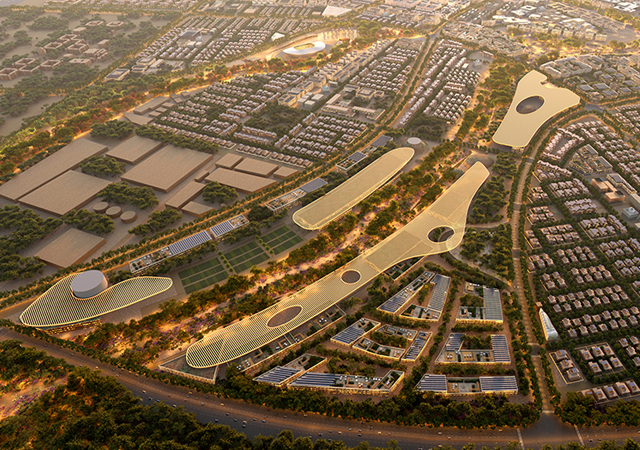
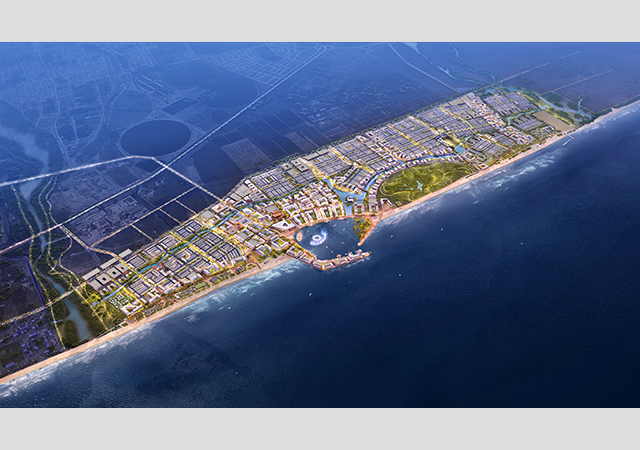
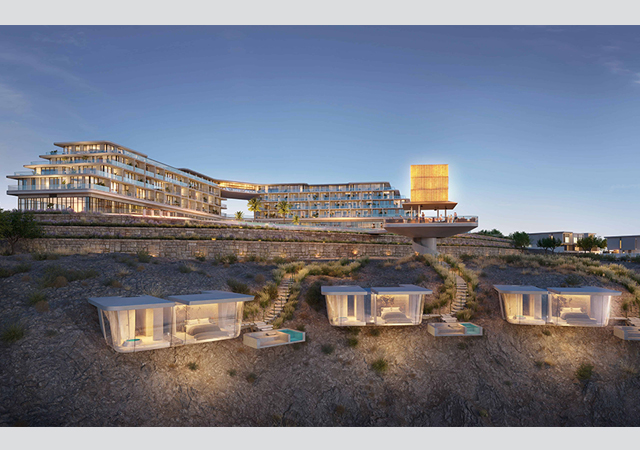
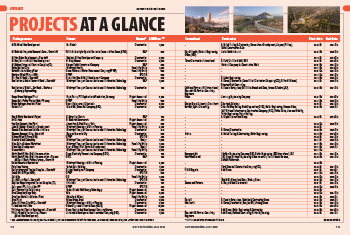
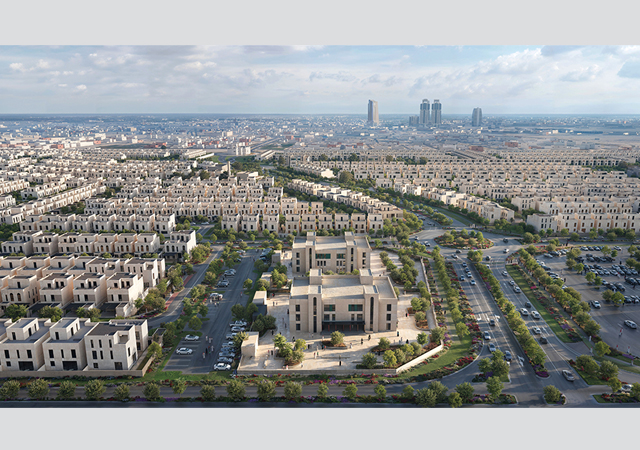
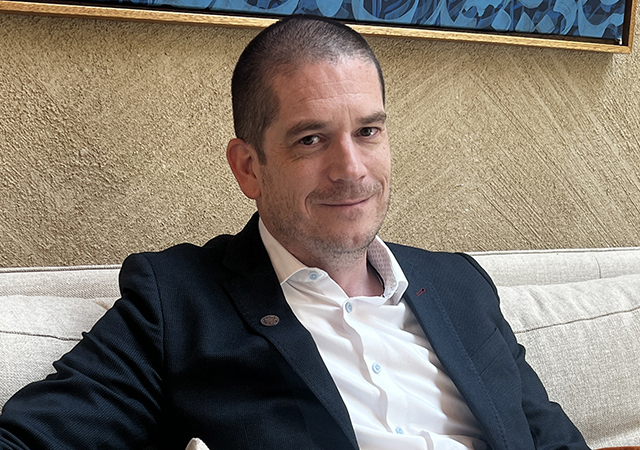

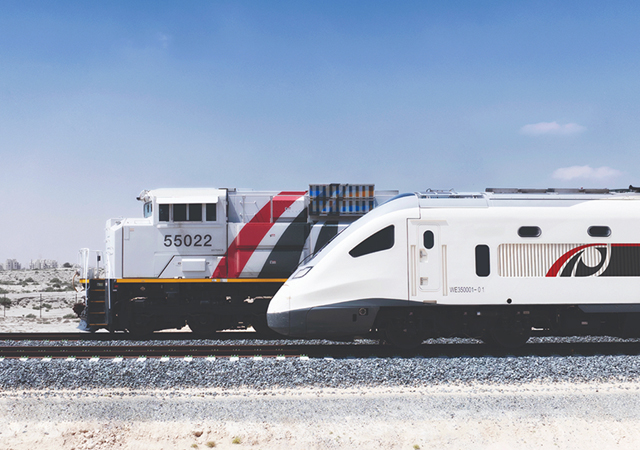
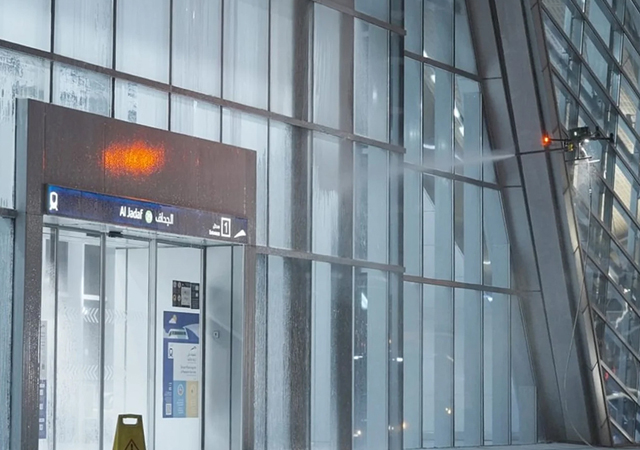
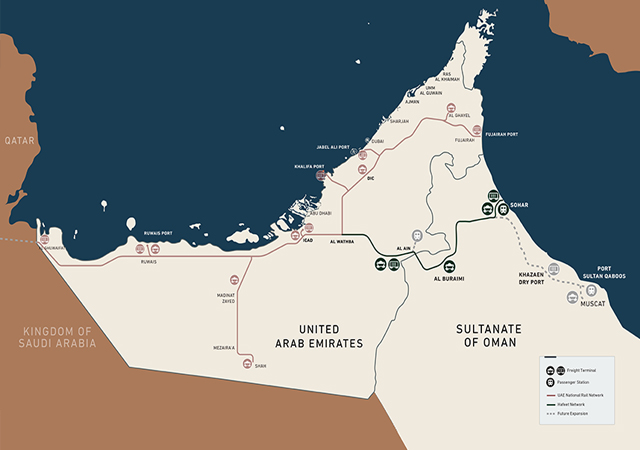
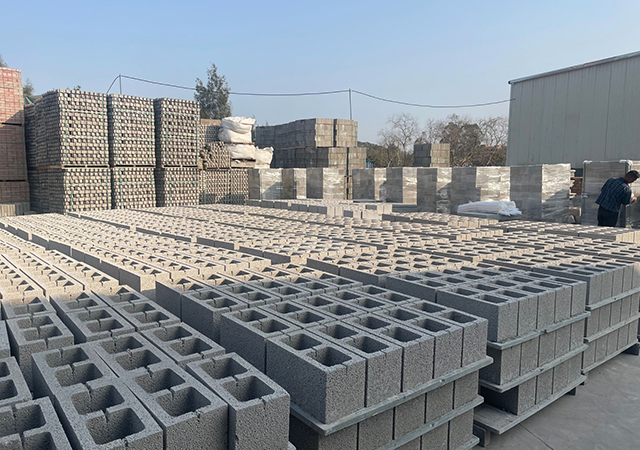

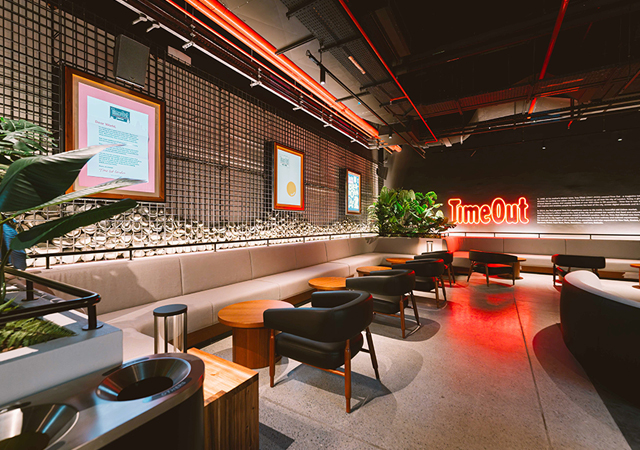
.jpg)
.jpg)
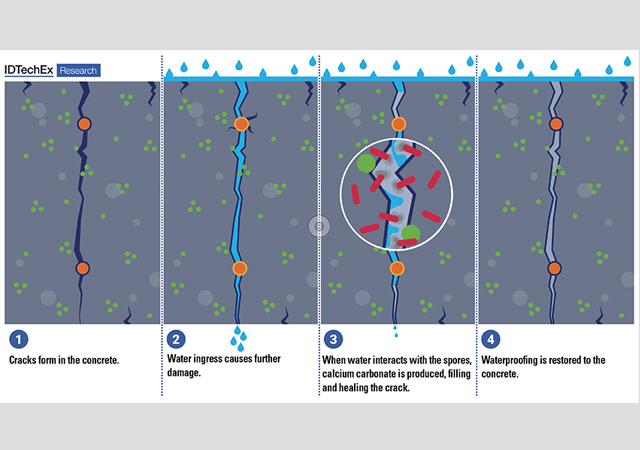
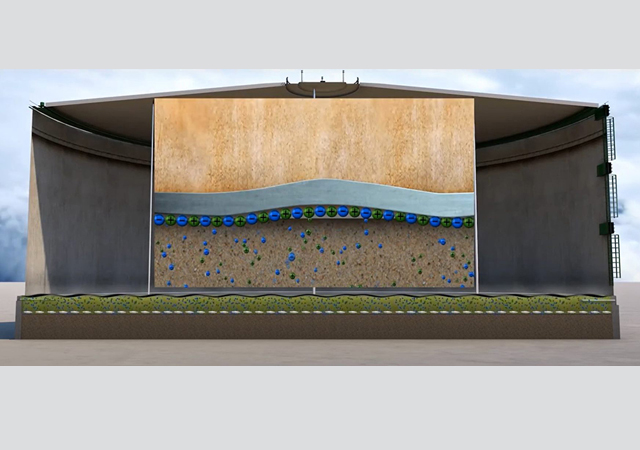
.jpg)
.jpg)
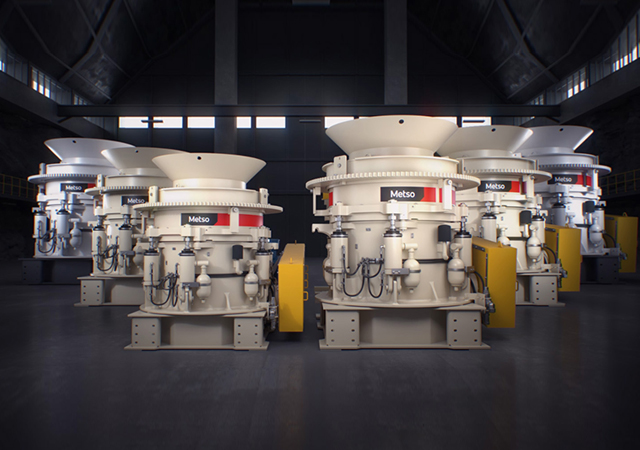

.jpg)

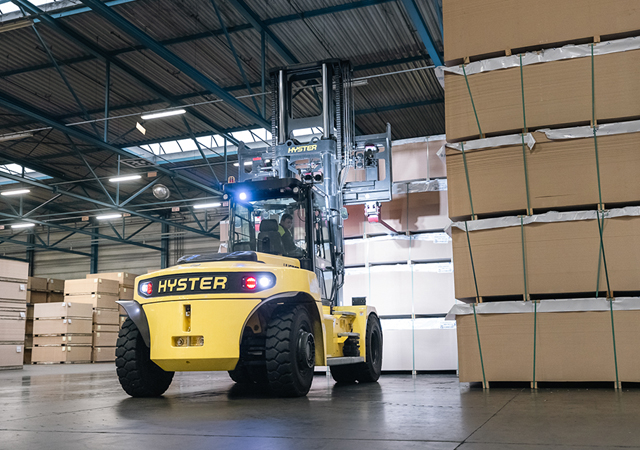
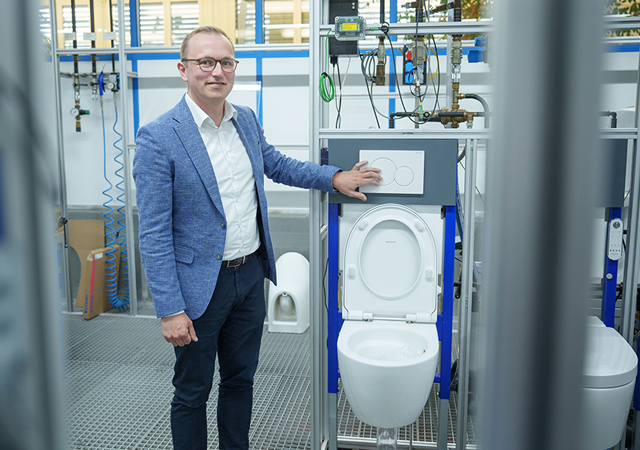

 Doka.jpg)
